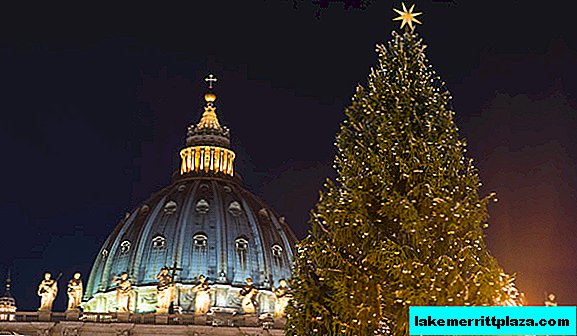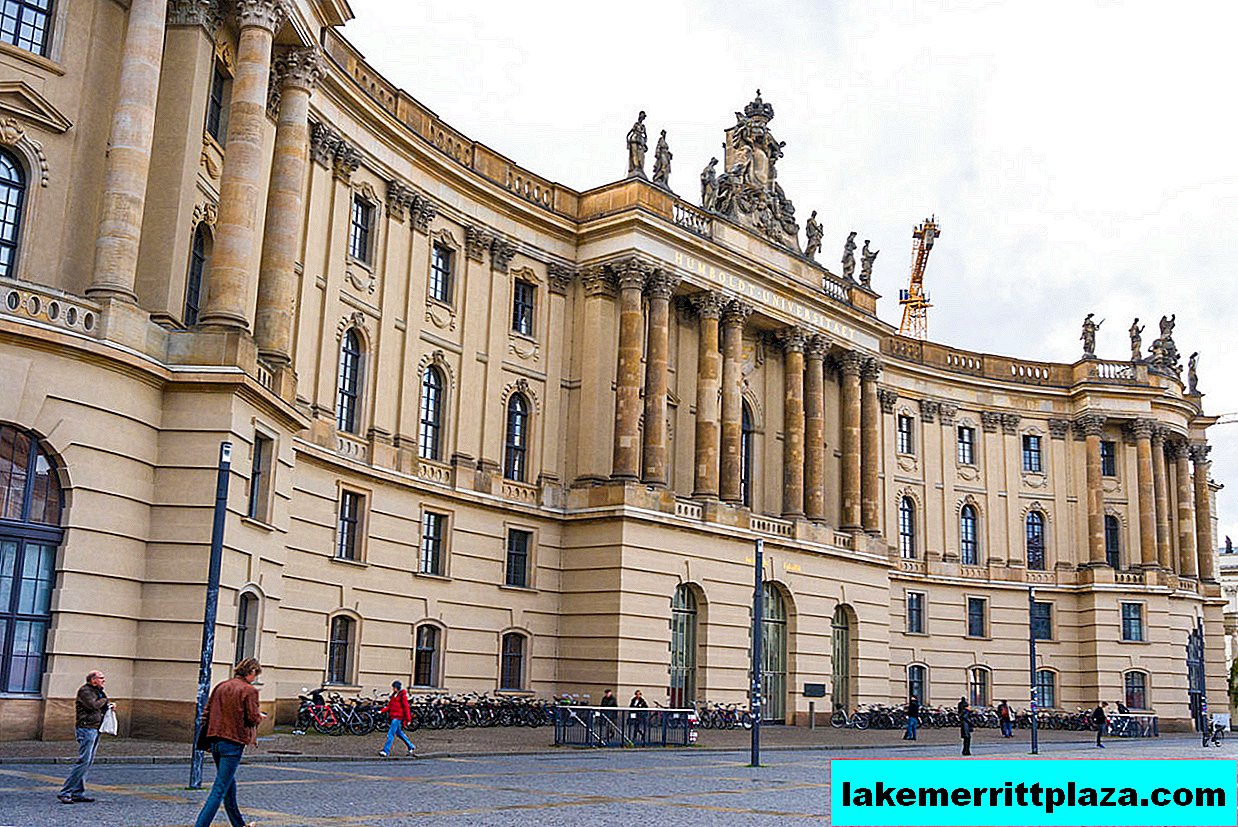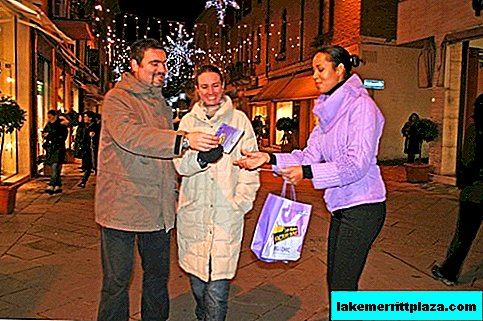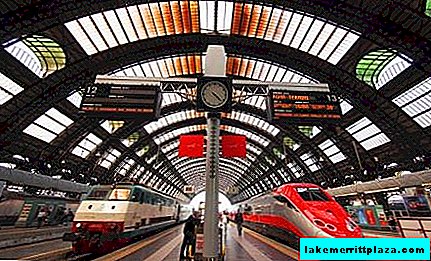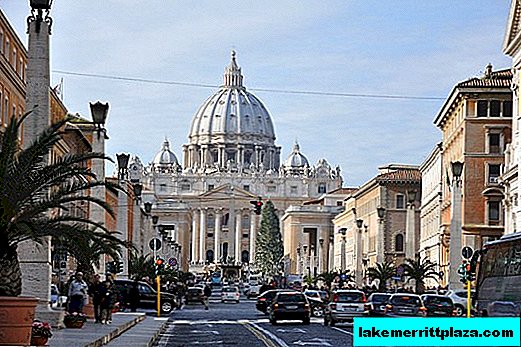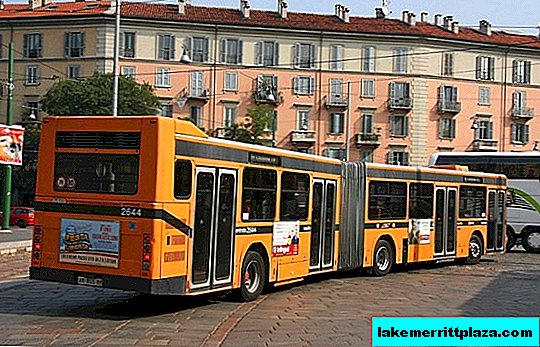The Palace of the Commune (Palazzo Comunale) is the town hall of Siena. Now the city is the center of the province of the same name in the Tuscany region. The former glory of the proud Siena Republic remained in the Middle Ages, and the city lives quietly, guarding the treasures created at that time. Among them is Palazzo Comunale.

Construction history
The time of prosperity of Siena was the XII-XIV centuries. In those years, the city built the Siena Cathedral - its future glory, founded the university, led an active foreign policy. The “Council of Twenty-Four,” the government of bankers, did not have a permanent residence and gathered for meetings in the church of San Pelegrino (Chiesa di San Pellegrino alla Sapienza). The bankers who didn’t please the townspeople were replaced by the “Council of the Bell” - the government of aristocrats, who gathered to ring the bell on the sidelines of their palaces. But the nobles were overthrown. In 1270, the Council of Nine began to rule in the city - traders and financiers. They were allies of Florence, supporters of the popes, Guelfs for political reasons.
In 1288-1310 years. "Council of Nine" began the construction of the town hall, its residence - Palazzo Publico (Palazzo Comunale).
The construction site was the market square Piazza del Campo with the only building "Bolgano", which served as customs and mint. They decided to unfold it with a facade to the square and rebuild the palace in the style of Siena Gothic. The artistic style of Siena craftsmen is characterized by a combination of elements of the Gothic style with Byzantine and Early Renaissance features.
Exterior

The first floor of the palace was built of white stone travertine and decorated with a covered gallery, creating a patio. The black and white coats of arms of the rulers of Siena adorn each arch of the lower floor. At the entrance to the courtyard, visitors are greeted by a statue of the Siena she-wolf - another symbol of the city, made by sculptors Giovanni and Lorenzo di Turino (Giovanni, Lorenzo di Turino) in the 15th century.

The upper part of the palace is built of reddish-brown brick, the color of which is called “Siena”. Local clay during firing gives a beautiful brown color with a yellow tint, called by artists "siena" at the place of its distribution. Windows that are characteristic of the Siena style add zest to the building: the window is divided into three wings with two thin columns, each of them is decorated with a lancet arch. A large arch surrounds the entire window and is decorated with a black and white coat of arms of Siena. Black and white colors are symbols leading to the legend about the foundation of the city. Its inhabitants are descended from the sons of Remus Senius and Ascius. They, on black and white horses, rode to the hills of Siena, fleeing Romulus, the murderer of their father. The color of the suit of the horses of the founding brothers became the Siena symbol, just like the statue of the she-wolf they brought with them.
The roof of the building was trimmed with squared teeth, as a sign of the ruling party belonging to the political direction of Guelphs - supporters of the popes.

In the XIV century, the Commune’s palace was only 4 windows wide, its facade was concave, following the curvature of the square. In the XVII century, the side wings were attached to the central part, strictly sustained in the style of the XIV century, the palace was connected to the Torre del Mangia tower, erected in the XIV century and the chapel of Capella di Piazza (XIV-XVI centuries). The last decoration of the exterior was a huge round monogram of Jesus Christ in the form of a sun placed in a white circle. Numerous openings on the walls of the palace are places for fixing forests during the construction and restoration of the building.
Interior
The interior of the palace was never a living room. Municipal institutions worked in it. Today, the second floor of the Palazzo Pubblico is occupied by city government, and below is the city museum - Museo Civico.
The first hall of the museum - objects of material culture of Siena in the XIV-XVI centuries: ceramics, weapons, jewelry.

The World Map Hall (Sala del Mappamondo) gives an idea of the heyday of the Siena Republic. The map is made on a tree by the famous painter Ambrogio Lorenzetti in the 14th century. It belongs to the Siena school "trencheto" ("three hundredth" years, that is, the XIV century), which was engaged in the processing of the strict canons of Byzantine icon-painting into a mundane Gothic style.
The most common works of Siena artists were the icons of the Virgin. The fresco "Maesta" by Simone Martini (1321) was placed on the wall of the conference room so that the Mother of God would be present during important decisions.

The meeting room (Sala della Pace) is decorated with frescoes "Allegories of good and bad governance" by A. Lorenzetti. The fruits of good rule are flowering streets and dancing people, a variety of agricultural work. Poor rule leads to dilapidated houses, abandoned apartments, semi-desert streets where people look like ghosts.
The frescoes of Lorenzetti are deep and lyrical, they are perhaps the earliest example of Gothic painting on a secular theme.
The 1348 plague epidemic damaged the refined and spiritual Siena school, the masterpieces of this era remained in the halls of the Palazzo Publico - a palace built by bankers with the soul of artists.

